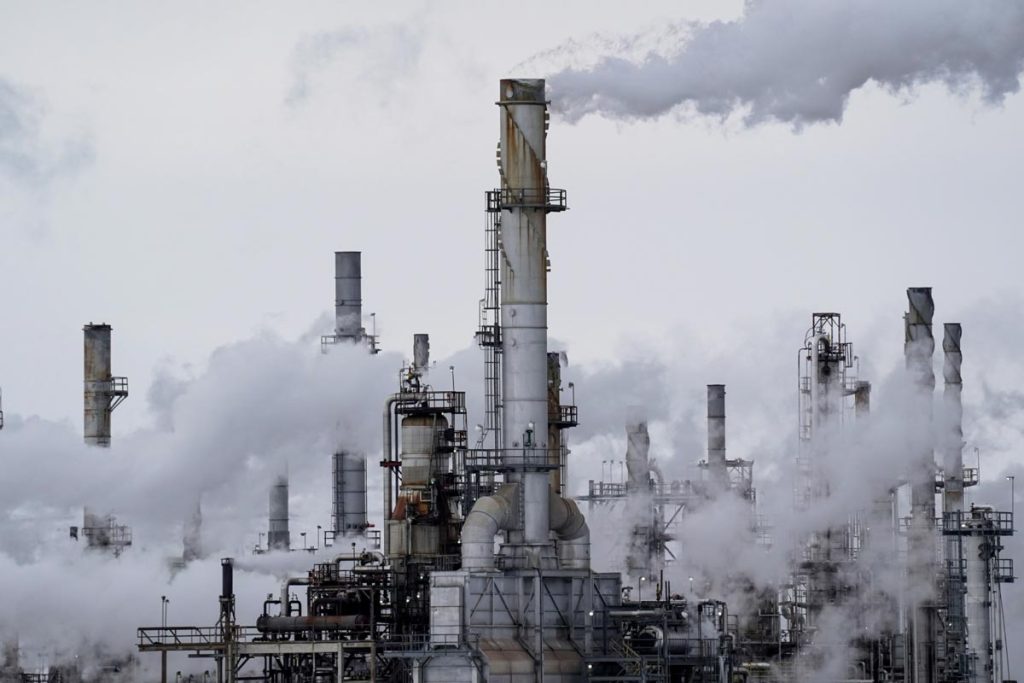The Organization of the Petroleum Exporting Countries (OPEC+) – which comprises of 15 member countries – will meet on Thursday, March 31 to discuss its supply policy for May.
The group has signaled that it will stick to its existing plan and ratify another modest increase in output.
OPEC+ is expected to ratify an increase of 430,000 barrels a day scheduled for May if no alterations are made, Bloomberg reported.
With many members struggling to fulfill their planned increases over the past few months and global demand bouncing back from the pandemic, that decision may cause markets to tighten further.
Oil is still heading for a monthly gain after the Russia-Ukraine conflict rattled global market. With the crisis still raging despite diplomatic efforts for a peace deal, the conflict has fanned inflation, driving up the cost of fuels and food as economies recover from the pandemic.
Brent for May settlement slid 0.8 percent to $111.63 on the ICE Futures Europe exchange after dropping almost 7 percent on Monday.
Russia oil exports under the spotlight
Oil exports from Russia – which is the world’s third-largest oil producer behind the US and Saudi Arabia – shriveled by more than a quarter in the week from 17 March to 23 March, compared to the previous week, according to industry data.
The country’s average daily shipments reached 495,300 tonnes, down 26.4 percent from the week before, according to figures seen by Bloomberg. That’s equivalent to about 3.63 million barrels a day.
The sharp decline came as Russia faces a growing movement by many of its usual customers to find alternative energy supplies after the country’s conflict in Ukraine.

Only a handful of nations – including the US and the UK – have imposed explicit bans on imports of Russian oil.
Major companies from Shell Plc to TotalEnergies SE have said they intend to phase out purchases of crude and fuel from Russia.
The decline in exports was at least partly driven by lower volumes from Russia’s ports on the Baltic Sea and in the Asia-Pacific region, according to loadings data.
Total oil production over the period was little changed, dropping 0.3 percent from the week before, the output numbers show.
The nation pumped about 11.08 million barrels a day on average in the period, according to Bloomberg calculations.








